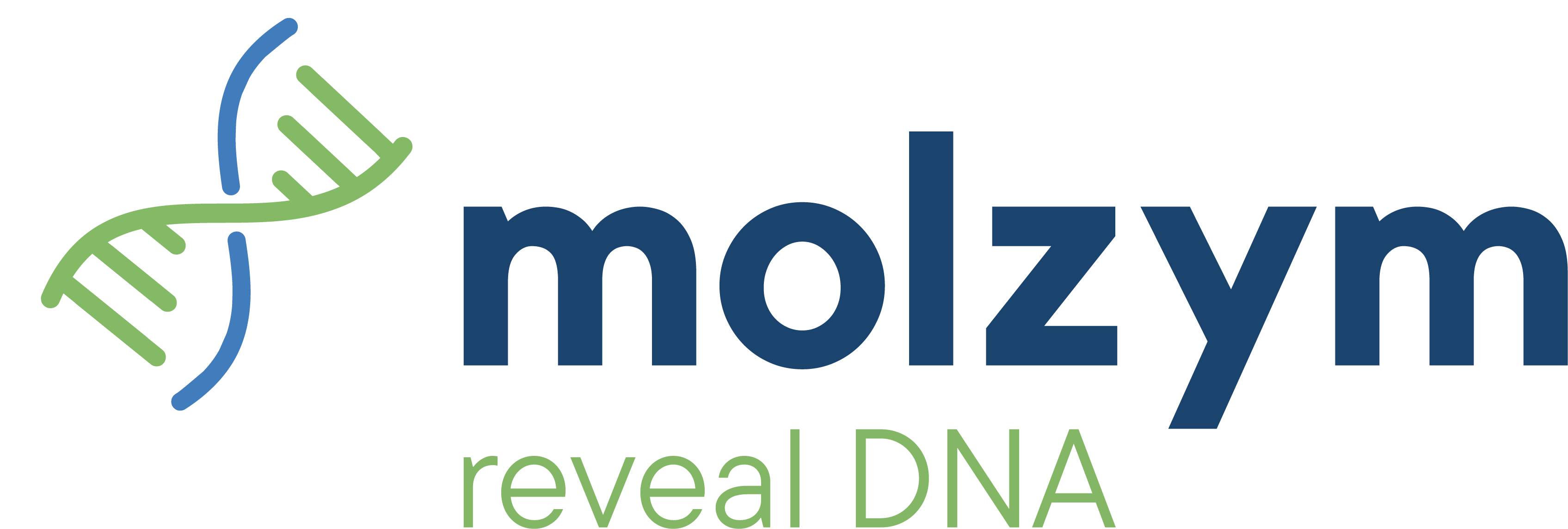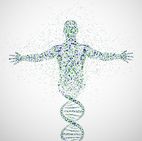Metagenomics for Infectious Disease Diagnostics |
|
| 15 February 2019 | |
|
Next Generation Sequencing (NGS) approaches can be used for high-throughput microbiome analysis with the aim of understanding the pathological nature, outbreaks and epidemiology of human pathogens. For infectious disease diagnostics in routine, however, sequence analysis by NGS methods is still too complex, and there are no FDA-cleared test systems available so far. Nevertheless, improvements in technology and workflow during the last years promise the potential integration of NGS-based systems into routine pathogen diagnosis [1]. Irrespective of sequencing of PCR-amplified targets or shotgun sequencing, the challenges remain the same: ubiquitous microbial DNA and high amount of host DNA in primary specimens cause contaminations and lower the limit of detection for pathogen DNA [1]. For shotgun approaches, a high host DNA background has a significant impact on the sequencing reads, because the DNA fragments are sequenced in proportion to their relative abundance [1]. Human specimens can contain up to 5,000 times more human DNA than bacterial DNA, particularly in specimens with low microbial loads. It is not unusual to find more than 99.99% of total sequencing reads that are represented by host DNA. Removal of human sequences and recovery and assembly of whole genomes may make computational analysis of shotgun sequencing data complex [1]. Alternatively to computational removal of human sequences, the human DNA can be reduced during DNA preparation. Thoendel et al. showed that the use of MolYsis™ Basic 5 (Molzym, Germany) for samples from prosthetic joint infections (PJI) yielded significant enrichment for bacterial DNA for metagenomics sequencing [2]. MolYsis™ Basic5 is based on the MolYsis™ technology whereby at first only human cells are lysed and the free DNA is enzymatically reduced before isolating the microbial DNA. After enrichment and DNA isolation, microbial DNA can be amplified by Whole Genome Amplification (WGA) prior to library preparation. But WGA can introduce and amplify additional background contaminations if sequence amplification is not linear [3]. Therefore, negative controls without specimen DNA should be sequenced in parallel to rule out known contaminants setting a threshold. The read counts can give a hint if it is a contaminant or a potential pathogen indicated by higher read counts. NGS approaches as metagenomics analysis are particularly suited for PJI due to an easy collection of synovial fluid in combination with poor yield of traditional culture-based methods and the ability to study non-cultivatable organisms [1]. |
|
| References | |
| [1] Dekker JP (2018) Metagenomics for Clinical Infectious Disease Diagnostics Steps Closer to Reality. doi:10.1128/JCM.00850-18. | |
| [2] Thoendel M, Jeraldo PR, Greenwood-Quaintance KE, Yao JZ, Chia N, Hanssen AD, Abdel MP, Patel R (2016) Comparison of Microbial DNA Enrichment Tools for Metagenomic Whole Genome Sequencing. J Microbiol Methods 127:141-145. doi:10.1016/j.mimet.2016.05.022. | |
| [3] Thoendel M, Jeraldo P, Greenwood-Quaintance KE, Yao J, Chia N, Hanssen AD, Abdel MP, Patel R (2017) Impact of Contaminating DNA in Whole-Genome Amplification Kits Used for Metagenomic Shotgun Sequencing for Infection Diagnosis. J Clin Microbiol 55:1789-1801. doi:10.1128/JCM.02402-16. | |
| Brochure Product Information | |

